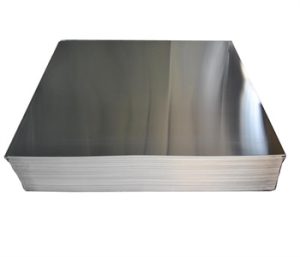Now aluminum plate has become a sought-after material for decoration. Benefiting from the excellent function of aluminum plate, strong corrosion resistance, and lighter weight, many industries use aluminum plate as a substitute for traditional metal materials. Therefore, many aluminum plate manufacturers have emerged in recent years. Aluminum plate manufacturers may encounter defects on the surface of aluminum plates when making aluminum plates. So, do you know the reasons for the defects on the surface of aluminum plates?
Incorrect folded (folded) roll shape, for example, the bearing of the calender is heated, which makes both ends of the roll swell, and the center of the extruded sheet is thick and thin at both ends; , and then produce folds; when the sheet is calendered, it is easy to cause folds; the thickness difference between the two ends of the plate is large, which is easy to produce folds, and surface bubbles: the uneven surface of the ingot is dirty, and there is no surface before loading. Wipe clean.

After etching, there are residual traces of etching and washing on the surface of the ingot and aluminum plate; if the heating time is too long or the temperature is too high, the surface of the ingot is oxidized; ingot cracking: the reduction amount is too large during hot rolling, cracking from the end of the ingot; casting The block heating temperature is too high or too low. Aluminum and aluminum alloy sheet and strip are supplied in hot rolled condition, annealed condition, various grades of soft state and various heat treated conditions.

The preparation before hot rolling mainly includes ingot quality inspection, soaking, sawing, milling, aluminum coating and heating, etc. During semi-continuous casting, the cooling rate is very high, the dispersion process in the solid phase is difficult, and the chemical composition inside the ingot is easy to form If there are defects such as segregation, slag inclusion, scarring and cracks on the surface of the ingot, the surface of the ingot should be milled (see the milling surface of the non-ferrous alloy ingot).